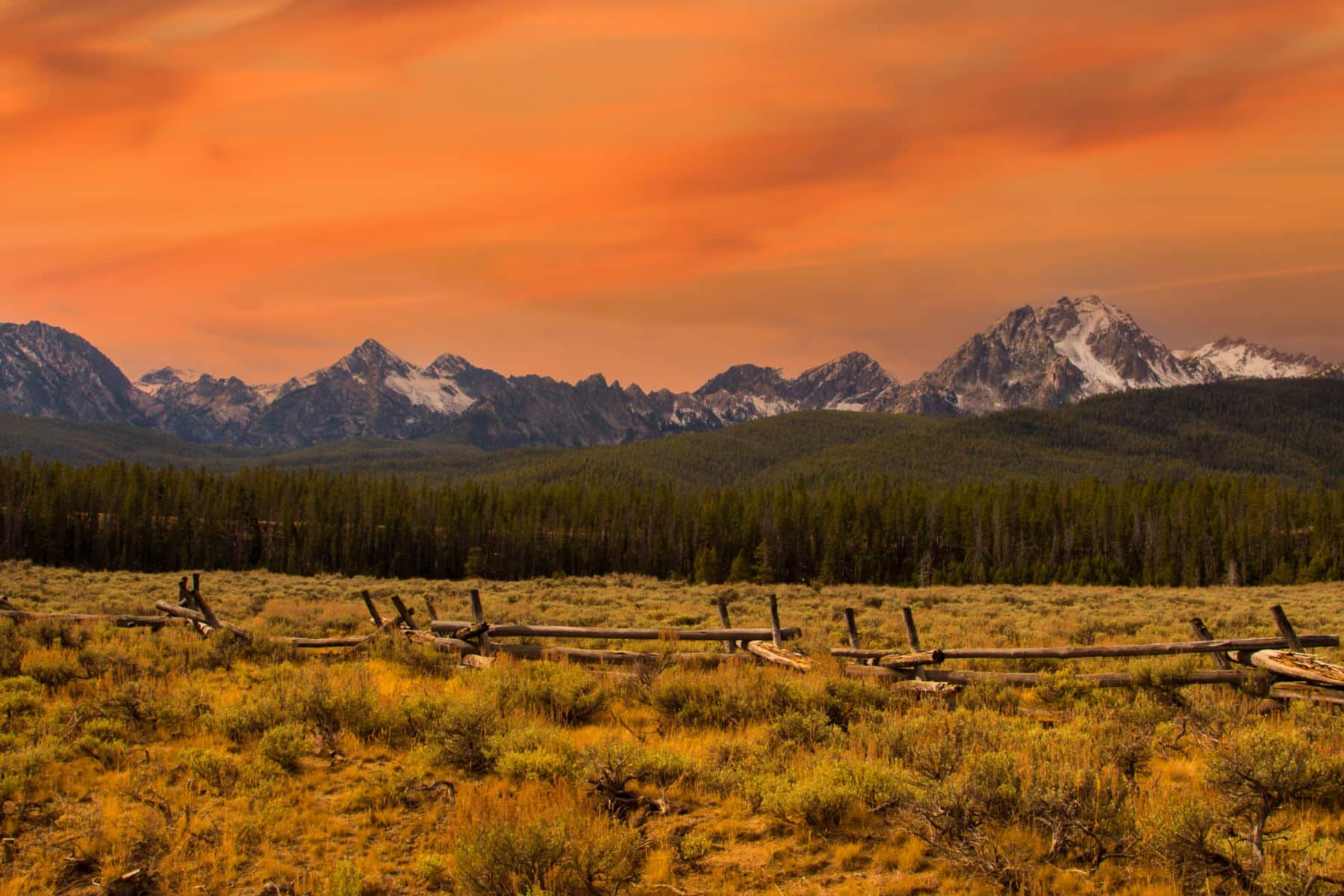
Article Summary: Idaho Landmarks
Idaho Landmarks. More Than Just Parks has 15 incredible must-see sites for you to visit.
There’s so much more to this exciting place than Idaho potatoes. In this article, we’ll familiarize you with the incredible landmarks located in The Gem State.
We’ve got incredible places, iconic memorials, fascinating museums, epic monuments and so much more.
We’re going to give you our list of the Top 15 Landmarks In Idaho.
So, What Is A Landmark?
Well, it’s a place of “a special character or special historical or aesthetic interest or value as part of the development, heritage, or cultural characteristics of a city, state, or nation.”
Why visit these places? Because landmarks connect us to the past. Through visiting these wonderful places where history occurred we find our roots. It allows us to feel like we are a part of something much bigger than ourselves.
And, speaking of history, did I mention that I taught the subject? I spent a lifetime teaching about the history behind many of these amazing sites. Then I got to see them firsthand. And now I’m sharing the fascinating stories of these places with you. It doesn’t get any better than that!
So, without further ado, let’s dive in.
Table of Contents: Idaho Landmarks
Idaho Landmarks
Some Fascinating Facts About Idaho
Here’s some fascinating facts about Idaho:
- “Gem State”: Idaho is often referred to as the “Gem State” because it is known for its abundance of natural resources, including precious and semi-precious gemstones such as star garnets, opals, jasper, and more.
- Shoshone Falls: Located on the Snake River, Shoshone Falls is often called the “Niagara of the West.” It is higher than Niagara Falls and is known for its impressive width, reaching 900 feet (274 meters) during high water.
- Famous Potatoes: Idaho is famous for its potatoes, and it is the leading producer of potatoes in the United States. The state’s rich volcanic soil and ideal growing conditions make it an ideal location for potato cultivation.
- Hells Canyon: Located on the Idaho-Oregon border, Hells Canyon is the deepest river gorge in North America, surpassing even the Grand Canyon in depth. It is an awe-inspiring natural wonder, with dramatic cliffs, whitewater rapids, and diverse wildlife.
- Sun Valley: Idaho is home to the renowned ski resort town of Sun Valley. It gained fame as the first destination ski resort in the United States and has since attracted visitors with its stunning mountain scenery, excellent skiing, and year-round outdoor activities.
- Salmon River: Often referred to as the “River of No Return,” the Salmon River is the longest free-flowing river within a single state in the United States. It offers incredible whitewater rafting and fishing opportunities, as well as breathtaking scenic beauty.
- Wilderness Areas: Idaho boasts over 3.4 million acres of designated wilderness areas, offering pristine landscapes, unspoiled forests, and diverse ecosystems. Some notable wilderness areas include the Frank Church-River of No Return Wilderness and the Sawtooth Wilderness.
- Craters of the Moon National Monument and Preserve: This unique and otherworldly landscape in central Idaho was formed by ancient volcanic activity. It features vast lava fields, lava tubes, cinder cones, and caves, resembling the surface of the moon.
- Experimental Breeder Reactor: Idaho was home to the world’s first successful nuclear power plant, the Experimental Breeder Reactor I (EBR-I), which became operational in 1951. It produced the first usable electricity from nuclear energy and is now a National Historic Landmark.
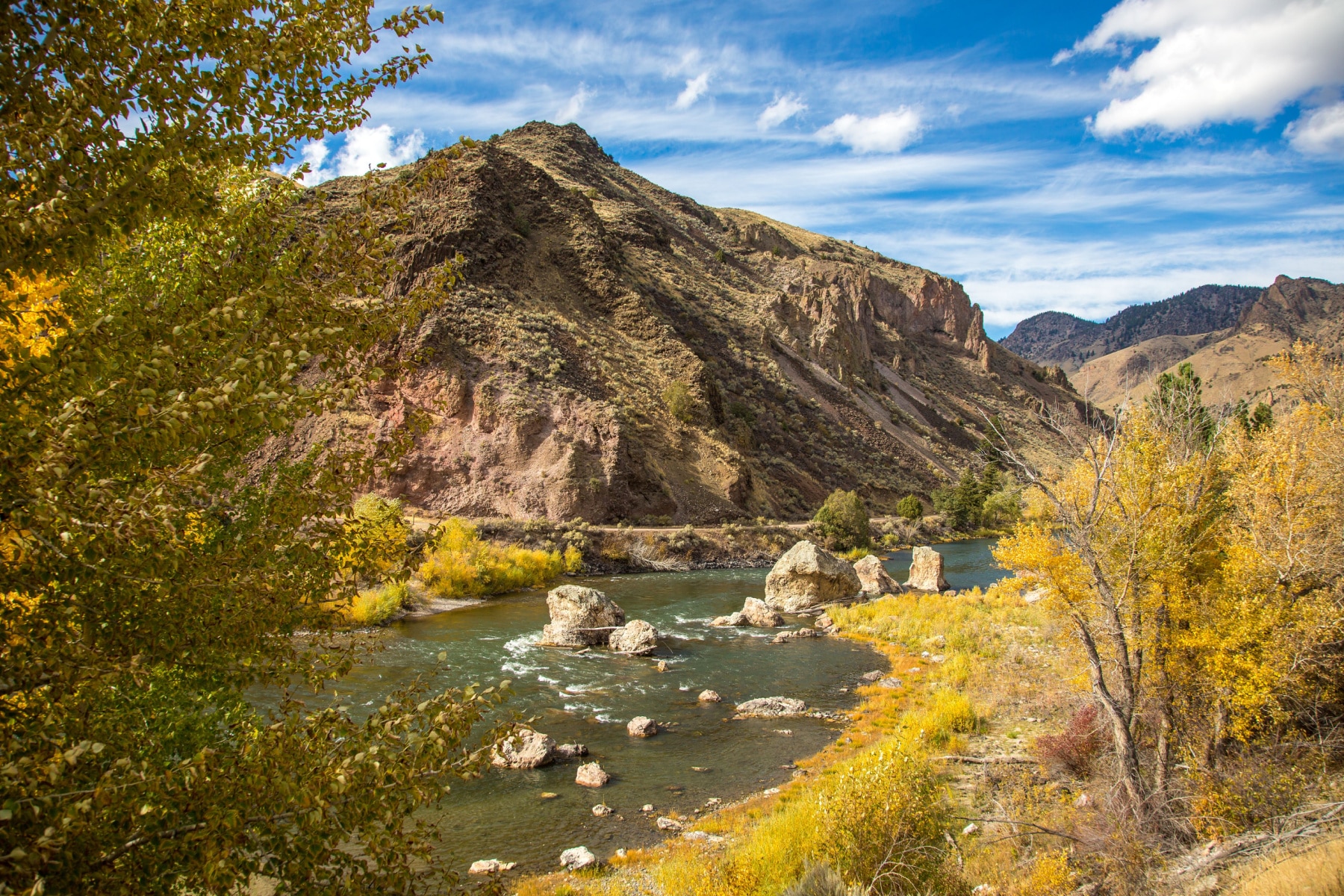
Top 15 Idaho Landmarks
15. Nelson Snake River Birds of Prey National Conservation Area
Idaho is best known for its potato production and is famously known as “The Gem State” for its rich source of gems. However, that is not all. The state also has some amazing landmarks and More Than Just Parks is going to share our Top 15 list with you.
We’re kicking off our list at #15 with the Nelson Snake River Birds of Prey National Conservation Area.
The Nelson Snake River Birds of Prey NCA encompasses approximately 485,000 acres along a 112-mile (180-kilometer) stretch of the Snake River Canyon, south of Boise, Idaho. It is named after Harry K. Nelson, an advocate for raptor conservation.
The NCA is renowned for its high density and diversity of nesting raptors, which led to its establishment as a protected area in 1993. More than 800 pairs of raptors, including golden eagles, prairie falcons, red-tailed hawks, and great horned owls, make their homes within the NCA.
The Nelson Snake River Birds of Prey NCA is a site of significant scientific research and conservation efforts. Researchers study raptor behavior, reproductive patterns, and the impact of human activities on these birds. The information gathered helps inform management decisions to protect and enhance raptor populations.

Morley Nelson Snake River Birds of Prey National Conservation Area | Photo courtesy of the BLM
Spectacular Scenery
The NCA features stunning landscapes characterized by rugged cliffs, deep canyons, and a picturesque river corridor. The Snake River carves its way through the volcanic terrain, creating dramatic vistas and providing a crucial water source for wildlife.
The Nelson Snake River Birds of Prey NCA offers various recreational opportunities for visitors. Scenic drives, hiking trails, and overlooks provide access to breathtaking views of the canyon and the opportunity to spot raptors in flight. The area is also popular for birdwatching, wildlife photography, and camping.
The Bureau of Land Management (BLM) manages the Nelson Snake River Birds of Prey NCA in partnership with various organizations, including conservation groups, universities, and local communities. These partnerships foster stewardship, research, and educational initiatives to protect the area’s unique natural values.
14. Old Idaho Penitentiary Site
Our next Idaho landmark has quite a history. It’s one of only four territorial prisons open to the public today. During its 101 years of operation, the site saw escapes, scandals and the effects of Boise’s transition from the “wild west” to a mid-20th century capital city.
At #14 on our list of the Best Idaho Landmarks is the Old Idaho Penitentiary Site.
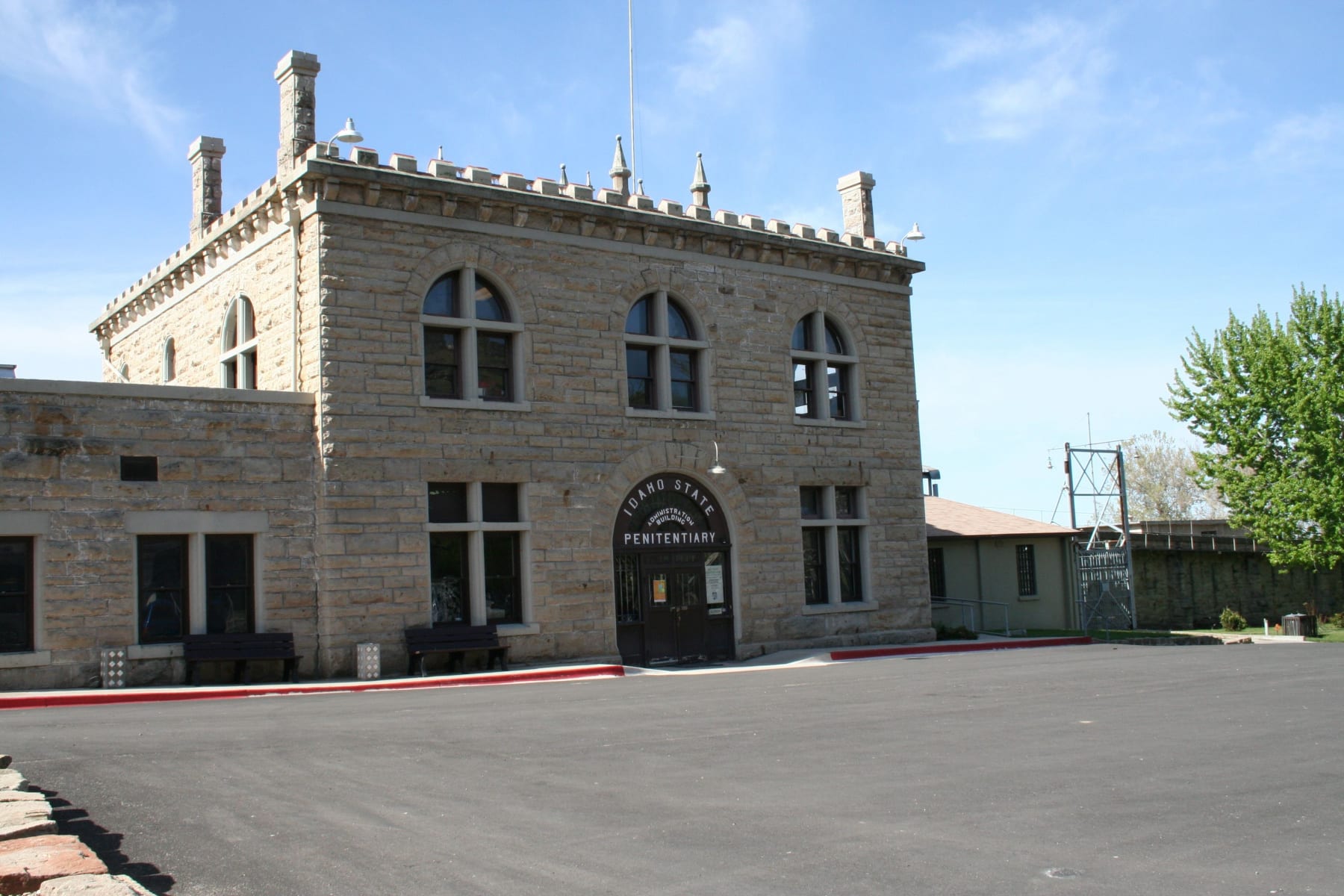
A Short History
The Old Idaho Penitentiary was built in 1870 and became the first territorial prison in the Pacific Northwest. Convicts were put to work constructing the prison using local sandstone. The facility officially opened its doors in 1872 and operated as a maximum-security prison.
In its early years, the Old Idaho Penitentiary was known for its harsh living conditions, including overcrowding, poor sanitation, and limited resources. The prison housed various notorious criminals, including train robbers, murderers, and other felons from Idaho and neighboring states.
In 1899, a separate building called the Women’s Ward was constructed within the prison grounds to accommodate female prisoners. The Women’s Ward held both convicted criminals and women accused of moral crimes, providing a glimpse into the social norms and gender dynamics of the time.
Throughout its history, the Old Idaho Penitentiary experienced several riots and escape attempts. The most infamous riot occurred in 1971 when prisoners took control of a cellblock, resulting in three deaths and numerous injuries. Escapes were also not uncommon, with some convicts successfully fleeing the prison while others met tragic fates during their attempts.
The penitentiary was not just a place of punishment but also served as a center for industry. Inmates were engaged in various labor activities, including quarrying, blacksmithing, and farming. They produced goods for the state and even helped build other structures in the Boise area.
Closure & Transition
The Old Idaho Penitentiary ceased operations in 1973 due to overcrowding and outdated facilities. The inmates were transferred to a new correctional facility nearby, and the old prison was eventually converted into a historical site and museum.
Today, the Old Idaho Penitentiary Site is operated as a museum, preserving the history and heritage of the former prison. Visitors can explore the cellblocks, gallows, and other structures, gaining insights into the harsh realities of prison life and the stories of the inmates who lived there.
13. Museum of Idaho
Our next Idaho landmark is the Gem State’s premier history and science center, immersing visitors in interactive exhibits on Idaho’s cultural and ecological history, alongside world-class traveling exhibits, a children’s discovery room, and a full calendar of programs and events for all ages.
At #13 on our list of the Best Idaho Landmarks is the Museum of Idaho.
The Museum of Idaho was established in 2002 and has since become a major attraction in the area. It is housed in a spacious and modern facility, featuring state-of-the-art exhibition spaces and educational facilities.
The museum offers a diverse range of exhibits that cover a wide array of topics. These exhibits often change to provide fresh and engaging experiences for visitors. The museum’s exhibits cover subjects such as paleontology, natural history, archaeology, art, science, and local history.
It has gained recognition for its exceptional paleontology exhibits. It has showcased world-class displays of dinosaur fossils, including impressive specimens like the Tyrannosaurus rex and the largest-known T-rex skull. The museum collaborates with renowned paleontologists to bring fascinating prehistoric creatures to life through exhibits and interactive displays.

Museum of Idaho | Courtesy of Wikimedia Commons
12. Fort Hall Replica
We move from an amazing museum of a fascinating fort. At #12 on our list if the Fort Hall Replica.
The Fort Hall Replica in Idaho is a reconstruction of the historic Fort Hall trading post, which was established by the North West Company in 1834. The original Fort Hall was located on the banks of the Snake River in southeastern Idaho and served as a key trading center for the fur trappers and Native American tribes of the region.
The Fort Hall trading post was originally built to compete with the Hudson’s Bay Company, which had established a monopoly on the fur trade in the Pacific Northwest. The trading post quickly became a hub for trade between the Native American tribes of the region and the fur traders and explorers who were active in the area.

The Fort Became A Key Center For Intercultural Exchange
Over the years, the Fort Hall trading post became a key center for intercultural exchange and trade, and played an important role in the history of the American West. The post was visited by many notable figures of the time, including John C. Fremont, Kit Carson, and Jim Bridger.
The original Fort Hall trading post was abandoned in the mid-1850s, but the site was later rediscovered and excavated by archaeologists. In the 1960s, a group of local historians and preservationists began lobbying for the construction of a replica of the historic trading post, in order to provide visitors with an opportunity to experience the history and culture of the region.
The Fort Hall Replica was completed in 1971 and has since become a popular destination for visitors interested in the history and culture of the American West.
The replica features a number of historic structures, including a trading post, blacksmith shop, and Native American lodge, and offers visitors an opportunity to learn about the history of the region and the cultural traditions of the Native American tribes who lived there.
Today, the Fort Hall Replica is operated by the Shoshone-Bannock Tribes and is open to the public for tours and educational programs.
Things To Do
Some of the things to do at Fort Hall Replica include:
- Tour the fort: Visitors can tour the fort and learn about its history through interpretive displays and guided tours.
- Learn about indigenous cultures: The fort serves as a cultural center and visitors can learn about the Shoshone-Bannock Tribe and other indigenous cultures through exhibits and cultural demonstrations.
- Watch cultural performances: The fort often hosts cultural performances and events, including Native American dances and storytelling.
- Explore the museum: The museum at Fort Hall Replica features exhibits on the history of the fort and the area’s indigenous peoples, including artifacts, photographs, and other historical items.
- Shop for souvenirs: The fort has a gift shop selling souvenirs, books, and other items related to the fort’s history and the area’s indigenous cultures.
- Attend special events: Fort Hall Replica often hosts special events, including historical reenactments, festivals, and other cultural celebrations.

Fort Hall Replica | Courtesy of Wikimedia Commons
11. Salmon Sacajawea Center
Next up on our list of the Best Idaho Landmarks is a place which commemorates the only native member of the Lewis & Clark Expedition. At #11 we have the Salmon Sacajawea Center.
The Salmon Sacajawea Center is a museum and interpretive center located in Salmon, Idaho that is dedicated to the history and culture of the Lemhi Shoshone people and the Lewis and Clark expedition.
The center is named after Sacajawea, a Lemhi Shoshone woman who served as a guide and interpreter for the Lewis and Clark expedition in the early 19th century.
The history of the Salmon Sacajawea Center dates back to the 1990s, when a group of local historians and preservationists began lobbying for the creation of a museum and interpretive center that would celebrate the history and culture of the Lemhi Shoshone people and their role in the Lewis and Clark expedition.
In 2003, the Salmon Sacajawea Center was opened to the public, offering visitors an opportunity to learn about the history of the region and the cultural traditions of the Lemhi Shoshone people.
The exhibits at the Salmon Sacajawea Center explore the history of the Lewis and Clark expedition and its impact on the region, as well as the cultural traditions of the Lemhi Shoshone people.
Visitors can view a variety of artifacts, including tools, weapons, and traditional crafts, and learn about the language, customs, and way of life of the Lemhi Shoshone people.

Things To Do
Some of the things to do at the Salmon Sacajawea Center include:
- Tour the center: Visitors can take a guided tour of the center and learn about the history and culture of the area and its indigenous peoples through interpretive displays, exhibits, and educational programs.
- Learn about local history: The center features exhibits on the history of the Salmon River country and its indigenous peoples, including the Shoshone-Bannock Tribe, the Lewis and Clark Expedition, and the gold rush of the 1860s.
- Explore the museum: The museum at the center showcases artifacts and historical items related to the area’s rich cultural heritage, including Native American baskets, tools, and clothing.
- Watch cultural demonstrations: Visitors can observe cultural demonstrations, such as Native American beadwork, basket weaving, and storytelling.
- Attend special events: The center often hosts special events, including cultural festivals, educational programs, and other activities.
- Shop for souvenirs: The center has a gift shop that sells souvenirs, books, and other items related to the area’s history and indigenous cultures.
Top 10 Idaho Landmarks
10. Atomic Museum
We’re on to the Top 10 Idaho landmarks. Our next stop is a place where you can have a real blast. It’s the Atomic Museum.
The museum is located in Idaho Falls, Idaho, which played a key role in the development of nuclear technology during the Cold War era.
The history of the Atomic Museum dates back to the 1980s, when a group of local historians and scientists began lobbying for the creation of a museum that would celebrate the history and technological achievements of the nuclear industry.
In 1984, the museum was opened to the public, offering visitors an opportunity to learn about the history of nuclear technology and its impact on society.
The exhibits at the Atomic Museum explore the history of nuclear technology from its earliest days to the present, highlighting key technological breakthroughs and the role that nuclear power has played in society.
Visitors can view a variety of artifacts, including nuclear reactors, scientific equipment, and photographs, and learn about the science and technology behind nuclear power.
The Atomic Museum also offers a variety of educational programs and events, including lectures, workshops, and hands-on activities for children.

9. Bear River Massacre Historical Site
Our next site commemorates one of the deadliest incidents in the history of the American Indian Wars. At #9 on our list of the Best Idaho Landmarks is the Bear River Massacre Historical Site.
The massacre took place on January 29, 1863, when a detachment of the United States Army attacked a Shoshone encampment along the Bear River in southeastern Idaho.
The Shoshone people had been living in the region for thousands of years before the arrival of European settlers in the mid-19th century. As settlers began to move into the area, conflicts arose between the Shoshone and the US government over land and resources.
In the winter of 1863, tensions boiled over when a group of Shoshone warriors began raiding nearby settlements, prompting a military response from the US Army.
On the morning of January 29, a detachment of over 200 soldiers under the command of Colonel Patrick Connor attacked the Shoshone encampment, killing over 200 men, women, and children.

One Of The Deadliest Incidents In The History Of The American Indian Wars
The attack was one of the deadliest incidents in the history of the American Indian Wars and was widely condemned at the time as a massacre.
The Bear River Massacre Historical Site was established in 1990 as a monument to the victims of the massacre and to promote public awareness and understanding of the history and legacy of the American Indian Wars.
The site includes a museum with exhibits on the history and culture of the Shoshone people, as well as a memorial to the victims of the massacre.
8. Nampa Train Depot
Who doesn’t love trains? Our next site is a historic train station located in Nampa, Idaho. It was built in 1903 by the Oregon Short Line Railroad. Welcome to the Nampa Train Depot.
The Nampa Train Depot served as a major transportation hub for the region for many years.
It was an important stop on the Union Pacific Railroad’s mainline, connecting the Pacific Northwest with the rest of the country. The station served as a major transportation hub for passengers and freight, with daily train service to major cities such as Salt Lake City and Portland.
In addition to its role as a transportation hub, the Nampa Train Depot played an important role in the development of the region’s economy and culture. The station was a center of social activity in the community, hosting dances, concerts, and other events.
Over the years, the Nampa Train Depot underwent several renovations and updates, including the addition of a restaurant and lounge in the 1940s. However, as air travel and automobiles became more popular in the mid-20th century, train travel declined, and the station fell into disrepair.
In the 1990s, a group of local historians and preservationists launched a campaign to restore the Nampa Train Depot to its former glory. The station was added to the National Register of Historic Places in 1994, and a major restoration project was undertaken in the late 1990s and early 2000s.
Today, the Nampa Train Depot serves as a museum and community center, offering visitors an opportunity to learn about the history of rail travel in the region and to experience the unique architecture and design of the station.

Things To Do
Some of the things to do at the Nampa Train Depot include:
- Explore the historic building: Visitors can take a tour of the beautifully restored train station, including its unique ornamental design, and learn about its history and significance.
- View exhibits: The depot features exhibits on the history of trains in Idaho and the role that the depot played in the development of Nampa and the surrounding area.
- Attend special events: The depot often hosts special events, including train-themed festivals, educational programs, and community gatherings.
- Take a ride on a train: Visitors can take a ride on a restored train and experience what it was like to travel by rail in the early 20th century.
- Shop for souvenirs: The depot has a gift shop that sells souvenirs, books, and other items related to the history of trains and the Nampa Train Depot.
7. Minidoka National Historic Site
We’re on to the Top 7 Idaho Landmarks. At #7 is a place which commemorates one of the darkest chapters in American history. It’s the Minidoka National Historic Site.
The Minidoka National Historic Site in southern Idaho is a monument dedicated to the memory of the Minidoka Relocation Center, one of ten concentration camps where Japanese Americans were forcibly interned during World War II.
Following the bombing of Pearl Harbor in 1941, the US government issued Executive Order 9066, which authorized the forced relocation of over 120,000 Japanese Americans and Japanese immigrants to concentration camps located in remote areas throughout the western United States. The Minidoka Relocation Center was one of these camps, located in Jerome County, Idaho.
The Minidoka Relocation Center was in operation from 1942 to 1945 and housed over 13,000 Japanese Americans during its three-year history.
The camp was designed to be self-sufficient, with residents growing their own food and operating their own schools and businesses. However, conditions in the camp were harsh, with families forced to live in cramped barracks and subjected to strict rules and regulations.

Many Of The Internees Made Significant Contributions
Despite the difficult conditions, many of the Japanese Americans who were interned at Minidoka went on to make significant contributions to American society after the war. Many Japanese American veterans of World War II, for example, received the Congressional Medal of Honor for their bravery and service.
Today, the Minidoka National Historic Site serves as a monument to the victims of the Japanese American internment and as a reminder of the ongoing struggle for civil rights and social justice in America.
The site includes a visitor center with exhibits on the history of the Minidoka Relocation Center, as well as a memorial to the victims of the internment.
It’s recognized as an important cultural institution in the region, promoting public awareness and understanding of the history and legacy of the Japanese American internment and its ongoing impact on American society.

Take A Deeper Dive
To learn more about this tragic chapter of American history I recommend: Infamy: The Shocking Story of the Japanese American Internment in World War II.
Acclaimed historian Richard Reeves has interviewed survivors, read numerous private letters and memoirs, and combed through archives to deliver a sweeping narrative of this atrocity.
Check Out: 25 BUCKET-LIST Famous Landmarks In America (MUST-SEE)
6. Hagerman Fossil Beds National Monument
Our next Idaho landmark is internationally significant because it protects the world’s richest known fossil deposits from a time period called the late Pliocene epoch, about 3 to 4 million years ago. Over 200 species of plants and animals have been found! It’s the Hagerman Fossil Beds National Monument.
The Hagerman Fossil Beds National Monument is located in southern Idaho and is known for its rich fossil deposits dating back to the Pliocene epoch, around 3.5 million years ago. The site was established as a national monument in 1988 to protect and preserve its unique paleontological resources.
The story of the Hagerman Fossil Beds begins millions of years ago when the area was covered by a vast lake, known as Lake Idaho. The lake was home to a diverse array of animal and plant life, including a species of prehistoric horse known as Equus simplicidens.
The fossils of Equus simplicidens were first discovered in the Hagerman area in the late 19th century, attracting the attention of paleontologists and fossil hunters from around the world. Over the years, the site has yielded numerous important discoveries, including the remains of ancient camels, mastodons, and other prehistoric creatures.
In addition to its scientific importance, the Hagerman Fossil Beds National Monument is also recognized for its cultural significance. The area has long been home to various Native American tribes, including the Shoshone-Bannock, who have lived in the region for thousands of years.
Today, the Hagerman Fossil Beds National Monument is a popular destination for visitors interested in the natural history and culture of southern Idaho. The monument includes a visitor center with exhibits on the area’s fossils and Native American history, as well as hiking trails and other outdoor recreational opportunities.

Top 5 Idaho Landmarks
5. Shoshone Ice Caves
We’re on to our Top 5 Idaho Landmarks. At #5 we have the Shoshone Ice Caves.
The Shoshone Ice Caves are a natural wonder located in the state of Idaho. They are believed to have formed approximately 2,000 years ago during a volcanic eruption in the area.
The Shoshone Ice Caves were discovered by Native Americans many centuries ago. They believed that the caves were a sacred place, and they used them for various purposes, including as a place for vision quests and as a site for spiritual ceremonies.
In the late 19th century, the caves were rediscovered by white settlers, and they quickly became a popular tourist attraction. The first recorded visit to the caves was in 1883, and by the turn of the century, they were a well-known destination for tourists traveling through the area.
In 1924, the Shoshone Ice Caves were purchased by a man named Alex J. Kennedy, who developed them into a commercial tourist attraction. He built a visitor center and installed lighting systems to make it easier for visitors to explore the caves.

It’s A Popular Tourist Destination
Over the years, the Shoshone Ice Caves have remained a popular tourist destination, attracting thousands of visitors each year. In addition to the caves themselves, visitors can explore the surrounding area, which is home to a variety of wildlife, including elk, deer, and bighorn sheep.
Today, the Shoshone Ice Caves are still owned by the Kennedy family, and they continue to be a popular attraction for tourists visiting Idaho.
While the caves themselves are undoubtedly impressive, their rich history and spiritual significance to the Native Americans who first discovered them add to their allure and make them a unique and fascinating destination.
Indian Ice Cave
The Indian Ice Cave is part of a lava tube, there are several in the area where some of them collapsed and look like a sinkhole from the outside. The air currents flowing through the tubes result in the ice, since the currents cause subterranean water to freeze.
You can take a tour of this amazing geologic wonders with trained experts who will accompany you on the tour and explain the historical, geological, and volcanic background of this magnificent landform.
The tour is 45 minutes long and it consists of 80 stairs down and back.
And while you’re there check out the Ice Cave Museum.

4. City of Rocks National Reserve
Our next Idaho landmark is one of the finest granite-face climbing sites anywhere. Climbers find the younger granite of the Almo Pluton to be some of the best rock they’ve ever ascended.
At #4 on our list of the Best Idaho Landmarks is the City of Rocks National Reserve.
The City of Rocks National Reserve is situated in the Albion Mountains of the Basin and Range Province in southern Idaho. It covers an area of about 14,407 acres and is located approximately 45 miles south of Burley, Idaho.
The reserve gets its name from the stunning granite rock formations that dominate the landscape. These rocks, which were formed millions of years ago through the processes of erosion and weathering, stand tall and create a unique city-like appearance. The formations vary in size and shape, with towering spires, massive monoliths, and intricate pinnacles, offering an awe-inspiring sight.
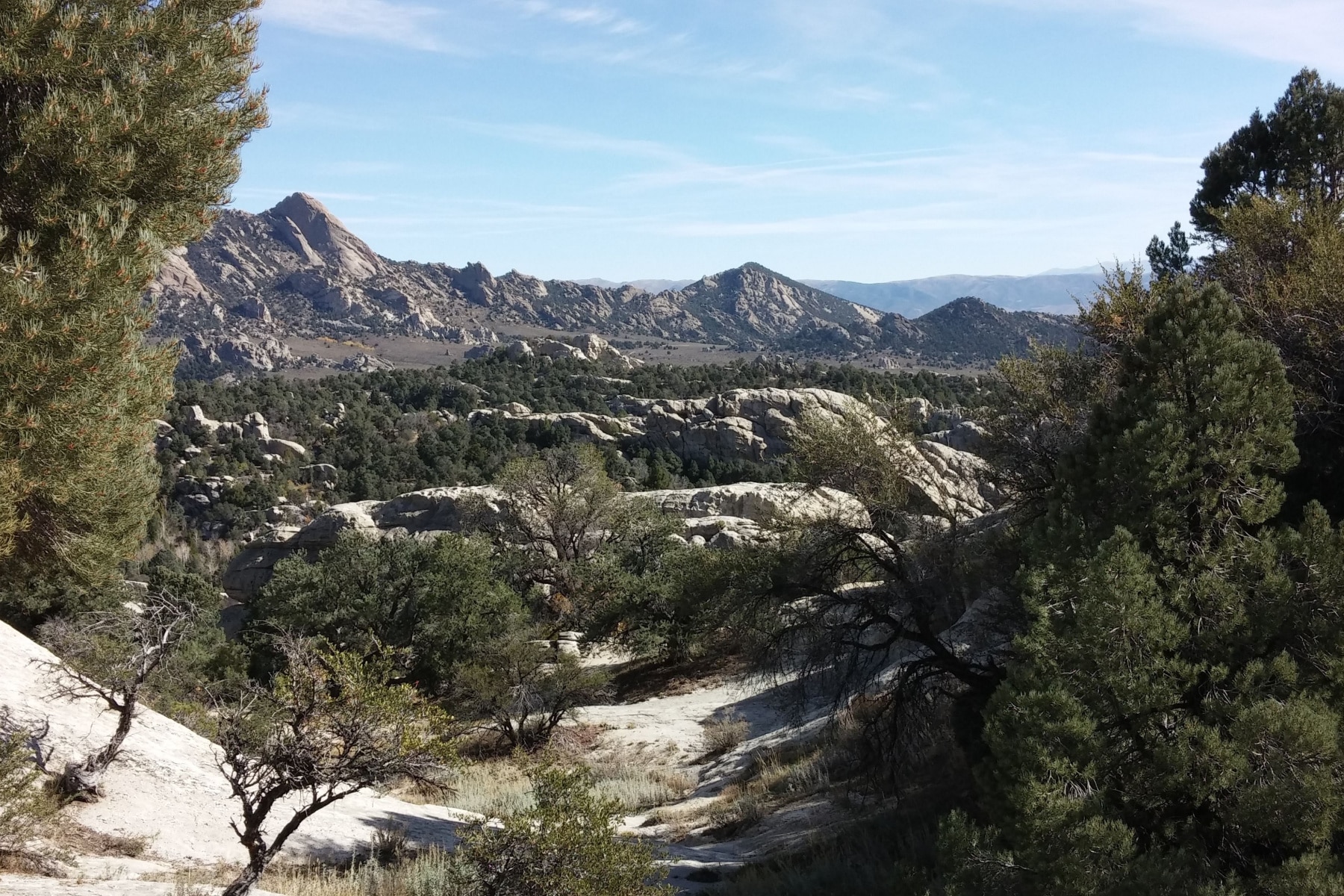
Experience Its Scenic Beauty
The City of Rocks National Reserve is renowned for its scenic beauty. The rugged terrain, coupled with the striking rock formations, creates a picturesque and dramatic landscape. The reserve is surrounded by rolling hills, open grasslands, and pockets of pine forests, enhancing its natural allure.
The reserve is a paradise for outdoor enthusiasts. It offers a range of recreational activities, including hiking, rock climbing, camping, birdwatching, mountain biking, and horseback riding. With over 22 miles of trails, visitors can explore the reserve’s diverse terrain and discover hidden gems.
It’s home to a diverse array of plant and animal species. The juniper and sagebrush ecosystems provide habitat for wildlife such as mule deer, pronghorn antelope, golden eagles, and various reptiles and amphibians. Wildflowers, including lupines and Indian paintbrush, add vibrant colors to the landscape during the spring and summer months.
Cultural & Historical Significance
Beyond its natural wonders, the City of Rocks National Reserve holds significant historical and cultural importance. Native American tribes, such as the Shoshone-Bannock and Northern Paiute, have ancestral ties to the area. Additionally, the reserve served as a crucial landmark along the California Trail, an emigrant route during the westward expansion of the United States in the 19th century. Many emigrant inscriptions can still be found etched into the rocks, providing a glimpse into the past.
Beyond its natural wonders, the City of Rocks National Reserve holds significant historical and cultural importance. Native American tribes, such as the Shoshone-Bannock and Northern Paiute, have ancestral ties to the area.
Additionally, the reserve served as a crucial landmark along the California Trail, an emigrant route during the westward expansion of the United States in the 19th century. Many emigrant inscriptions can still be found etched into the rocks, providing a glimpse into the past.
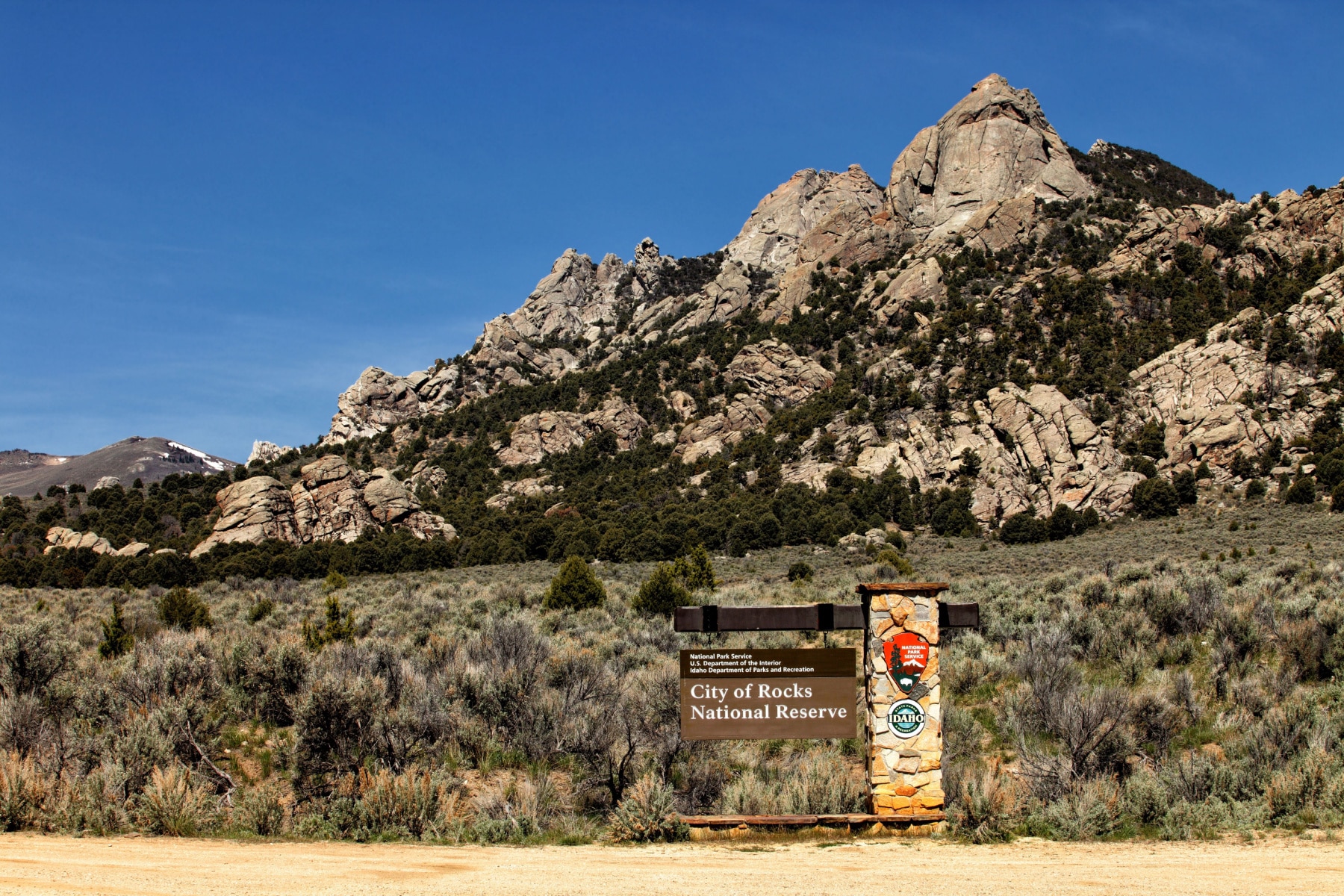
3. Nez Perce National Historical Park
Our next Idaho landmark is is actually a series of 38 sites located in four states (Idaho, Montana, Oregon, and Washington) that commemorate the history and culture of the Nez Perce tribe. At #3 on our list of the Best Idaho Landmarks is the Nez Perce National Historical Park.
The park was established in 1965 to preserve and interpret the significant events, places, and people associated with the Nez Perce tribe, including their resistance to forced removal from their ancestral homelands and the events of the Nez Perce War of 1877.

A Rich Cultural Heritage
The Nez Perce people have a rich cultural heritage spanning thousands of years, and their ancestral lands cover a vast area stretching across the northwestern United States.
The sites within the park include traditional villages, places of spiritual significance, battlefields, and other places that are important to the tribe’s history and cultural identity.
Visitors to the park can explore the sites, learn about the Nez Perce people through interpretive displays, and participate in ranger-led programs. The park helps to preserve and share the unique cultural heritage of the Nez Perce tribe, and serves as a powerful reminder of the ongoing legacy of indigenous peoples in the United States.
Things To Do At The Nez Perce National Historical Park
- Explore the historical sites: There are 38 sites within the park that commemorate the history and culture of the Nez Perce tribe, including traditional villages, places of spiritual significance, battlefields, and other important places. Visitors can explore these sites and learn about the Nez Perce people through interpretive displays and ranger-led programs.
- Hiking: There are several trails within the park, offering visitors the opportunity to explore the scenic beauty of the region and see the historical sites up close.
- Horseback riding: For a more immersive experience, visitors can explore the park on horseback, following in the footsteps of the Nez Perce people and learning about the park’s history and natural beauty.
- Ranger-led programs: The park offers a variety of ranger-led programs, including guided walks, talks, and campfire programs, providing visitors with a deeper understanding of the Nez Perce tribe’s history and culture.
- Wildlife viewing: The park is home to a variety of wildlife, including elk, bighorn sheep, deer, and many species of birds, and visitors can experience the park’s natural beauty by taking a wildlife watching tour or exploring the park’s scenic drives.
- Camping: The park offers several campgrounds for visitors to spend the night and enjoy the peace and quiet of the wilderness.

2. Salmon River
We’re on to our final 2 landmarks. At #2 is a site that’s the largest tributary of the Columbia River. It has been a crucial source of irrigation water for farms in the area. Those famous Idaho potatoes grow with the help of its generous waters. Welcome to the Salmon River.
The Salmon River, also known as the “River of No Return,” is a prominent river located in the central part of Idaho, United States. It is one of the longest undammed rivers in the continental United States and is renowned for its exceptional beauty, wild character, and significant recreational opportunities.
The Salmon River originates in the Sawtooth and Lemhi Mountains of central Idaho and flows northwards through a rugged and remote wilderness area. It spans approximately 425 miles in length, making it one of the longest free-flowing rivers in the United States. The river passes through canyons, valleys, and mountainous terrain, offering diverse and spectacular scenery.
The Salmon River is renowned for its breathtaking natural beauty. As it carves its way through the rugged landscape, it traverses deep canyons with towering cliffs, rocky gorges, and cascading waterfalls. The river flows through vast stretches of unspoiled wilderness, surrounded by dense forests, pristine meadows, and majestic mountains. Its scenic grandeur attracts outdoor enthusiasts, nature lovers, and photographers from around the world.
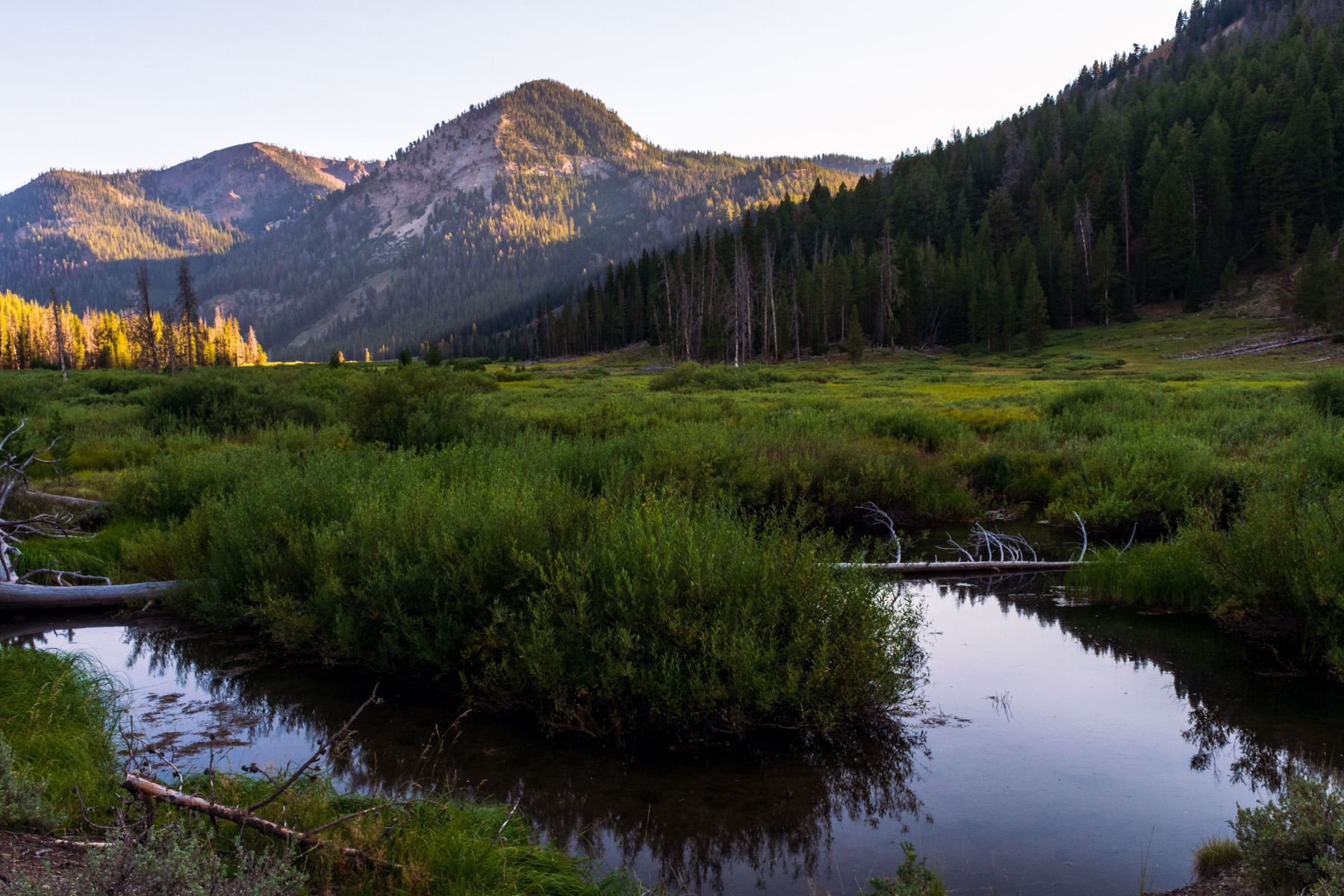
It’s A Wild & Scenic River
The Salmon River holds the distinction of being one of the original eight rivers designated as “Wild and Scenic” by the U.S. Congress in 1968. This designation recognizes the river’s outstanding natural, cultural, and recreational values, ensuring its preservation for future generations. It safeguards the river’s free-flowing nature, protects its scenic landscapes, and preserves its exceptional fisheries and wildlife habitats.
The Salmon River is renowned for its thrilling whitewater rafting opportunities. The river offers a range of rafting experiences suitable for various skill levels, from calm stretches for scenic floats to challenging rapids for adrenaline-pumping adventures. Rafters can navigate through the famous Class III and IV rapids, such as the “Big Mallard” and the “Elkhorn,” while enjoying the stunning surroundings and the river’s untamed wilderness.
The Salmon River is well-known for its excellent fishing. It supports abundant populations of fish, including various species of trout, salmon, steelhead, and smallmouth bass. Anglers flock to the river to cast their lines in pursuit of prized catches. The river also sustains diverse wildlife, including bald eagles, ospreys, mule deer, elk, bighorn sheep, and black bears, providing ample opportunities for wildlife viewing and nature photography.
The Salmon River corridor offers a plethora of outdoor recreational activities. In addition to whitewater rafting and fishing, visitors can enjoy kayaking, canoeing, hiking, camping, horseback riding, and wildlife watching. The river’s remote and untouched surroundings provide a true wilderness experience, attracting adventurers seeking solitude and an escape from modern-day distractions.
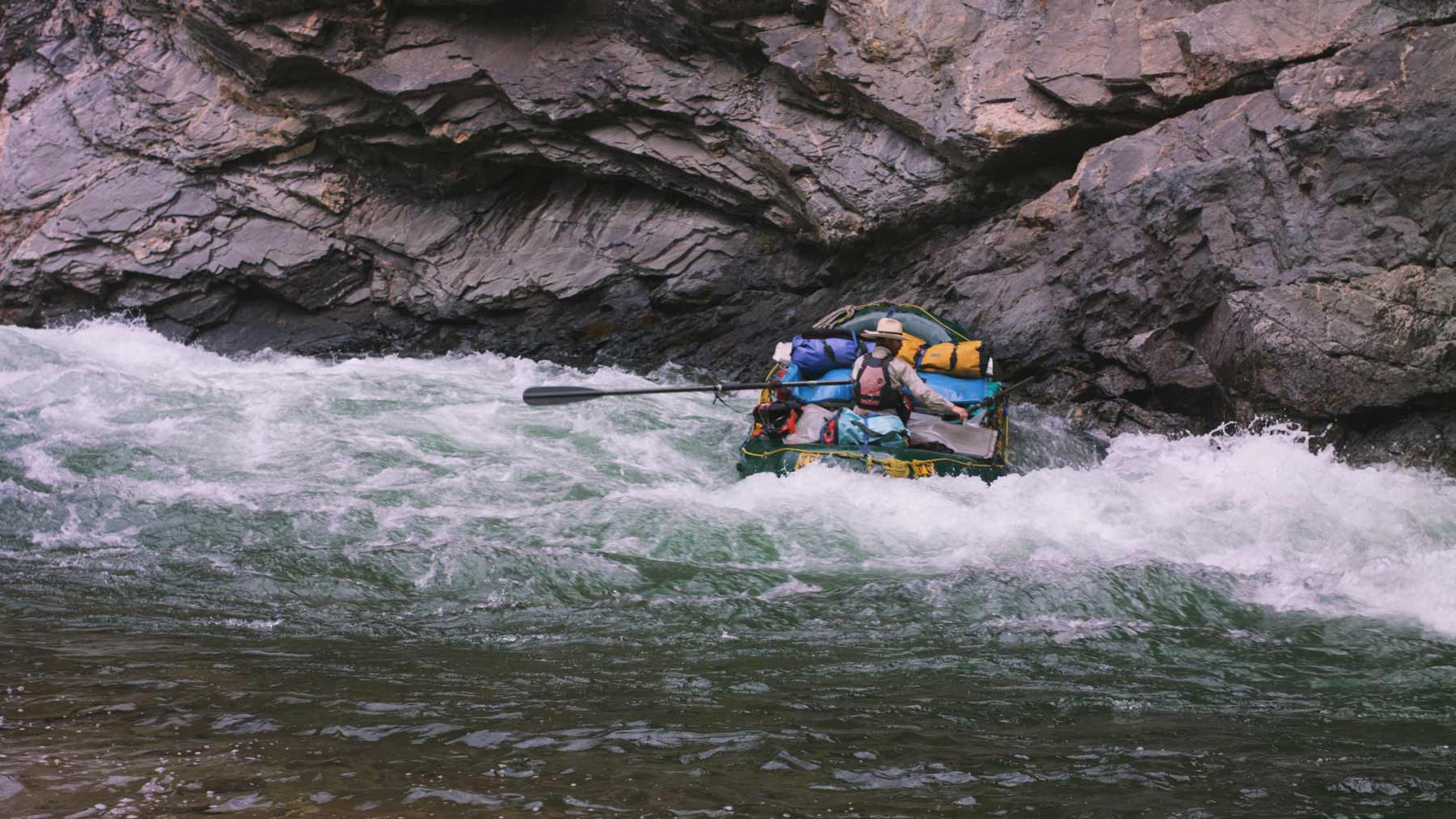
Whitewater rafting along the Middle Fork of the Salmon River | Idaho Landmarks
Check Out Our Film
In the heart of Idaho lies America’s largest (and most breathtaking) contiguous Wilderness area outside of Alaska, The Frank Church – River of No Return Wilderness. Steep canyons, pristine forests, untouched Wilderness, incredible wildlife, and world-class whitewater rafting comprise this epic 2.3 million acre road-less area.
The Pattiz Brothers first visited the Frank Church – River of No Return Wilderness back in 2016 as part of a filming expedition for the US Forest Service. Their full trip on the middle fork of the Salmon River lasted about a week.
They were flown into Indian Creek campground first where they stayed for a few days. From there they were flown up river near the confluence of the north fork and middle fork of the Salmon. From there they set out on a 4 day rafting trip down the middle fork experiencing all kinds of weather and stunning scenery.
This film was shot in the heart of the remote Frank Church River of No Return Wilderness on one of America’s premiere Wild & Scenic Rivers, the middle fork of the Salmon. This short film highlights the unique, rugged beauty of the Middle Fork of the Salmon River and explains the delicate balance between visitors and the wilderness.
1. Craters of the Moon National Monument & Preserve
As the #1 Idaho Landmark, More Than Just Parks has selected the Craters of the Moon National Monument & Preserve.
Now if you’re looking to experience what it might be like to walk on the moon then you’ll definitely want to check out Craters of the Moon National Monument & Preserve. It’s s unique and otherworldly volcanic landscape in Idaho.
The area is comprised of vast lava fields, cinder cones, and volcanic spatter cones created by a series of volcanic eruptions between 15,000 and 2,000 years ago.
In 1924, President Calvin Coolidge designated the area as a national monument to protect its geological significance and to provide opportunities for scientific study and recreation.
The monument has since been expanded to include additional volcanic features and is now designated as a national monument and preserve.
Visitors to Craters of the Moon can explore the rugged and barren terrain on trails and drives, and learn about the area’s fascinating volcanic history through interpretive displays and ranger-led programs.
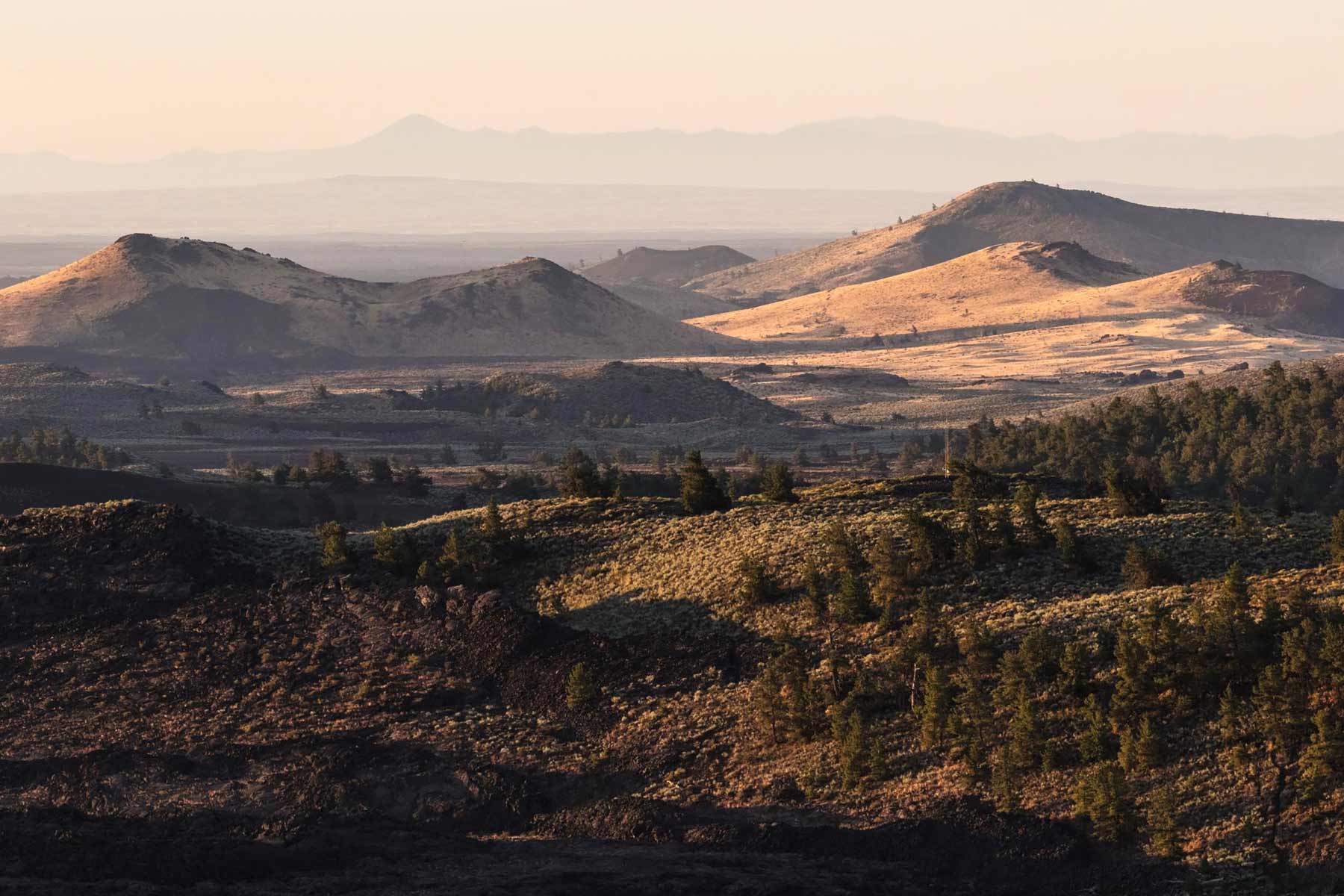
Check Out: List of 128 BEST US National Monuments Ranked
Don’t Forget To Check Out The Preserve Too
Just when you thought that your lunar experience was over, Idaho National Parks surprises you with another otherworldly destination. It’s Craters of the Moon National Preserve.
There are different ways to explore Craters of the Moon Preserve. They include:
- Backpacking the Crater of the Moon Wilderness.
- Explore Craters’ dynamic underground world of lava tubes.
- Taking a hike along Broken Top Loop where you’ll find a variety of unique volcanic features on this moderate-difficulty 1.8 mile loop.
- Walking up Inferno Cone which is a short but very steep trail to the top of a volcanic cone for awe-inspiring views.
- Hiking the North Crater Trail which is a 3.5-mile trail that drops into the mouth of North Crater.
- Travelling along the Tree Molds Trail which is a 2-mile trail that winds through the Craters of the Moon Wilderness and features molds of ancient trees encased in lava.
And, when you do, to paraphrase Neil Armstrong, you can say, “That’s one small step for a man (or woman) and one giant leap for a great outdoor adventure.“
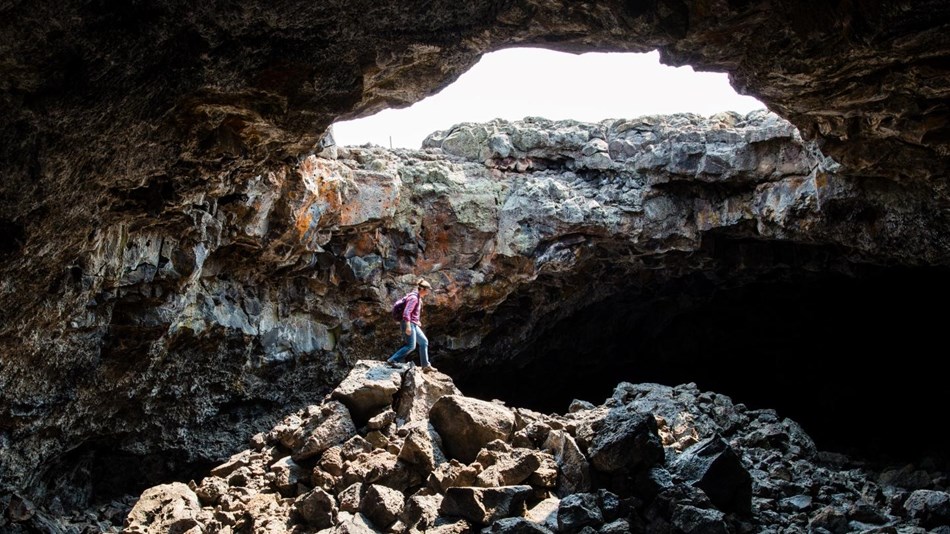
Map Of Idaho Landmarks
List Of Idaho Landmarks
- Craters of the Moon National Monument & Preserve
- Snake River
- Nez Perce National Historical Park
- City of Rocks National Reserve
- Shoshone Ice Caves
- Hagerman Fossil Beds National Monument
- Minidoka National Historic Site
- Nampa Train Depot
- Bear River Massacre Historical Site
- Atomic Museum
- Salmon Sacajawea Center
- Fort Hall Replica
- Museum of Idaho
- Old Idaho Penitentiary Site
- Nelson Snake River Birds of Prey National Conservation Area
Why Trust Us About Idaho Landmarks?
We’re Jim Pattiz and Will Pattiz, collectively known as the Pattiz Brothers and we absolutely LOVE the national parks.
You should probably know that we don’t just make this stuff up out of thin air. We’ve spent our entire adult lives exploring and filming America’s national parks and public lands.
We’ve worked with the National Park Service, the Department of Interior, USDA, U.S. Forest Service, and more for years creating films on important places and issues. Our work has been featured in leading publications all over the world and even some people outside of our immediate family call us experts on the national parks.
And, in 2018, our father – having spent a lifetime teaching history – joined us so that he could help us to tell the stories behind these amazing places.
Meet The Parks Brothers
We Hope You’ll Follow Our Journey

Our goal here at More Than Just Parks is to share the beauty of America’s national parks and public lands through stunning short films in an effort to get Americans and the world to see the true value in land conservation.
We hope you’ll follow our journey through the parks and help us to keep them the incredible places that they are. If you’re interested in joining the adventure then sign up below!
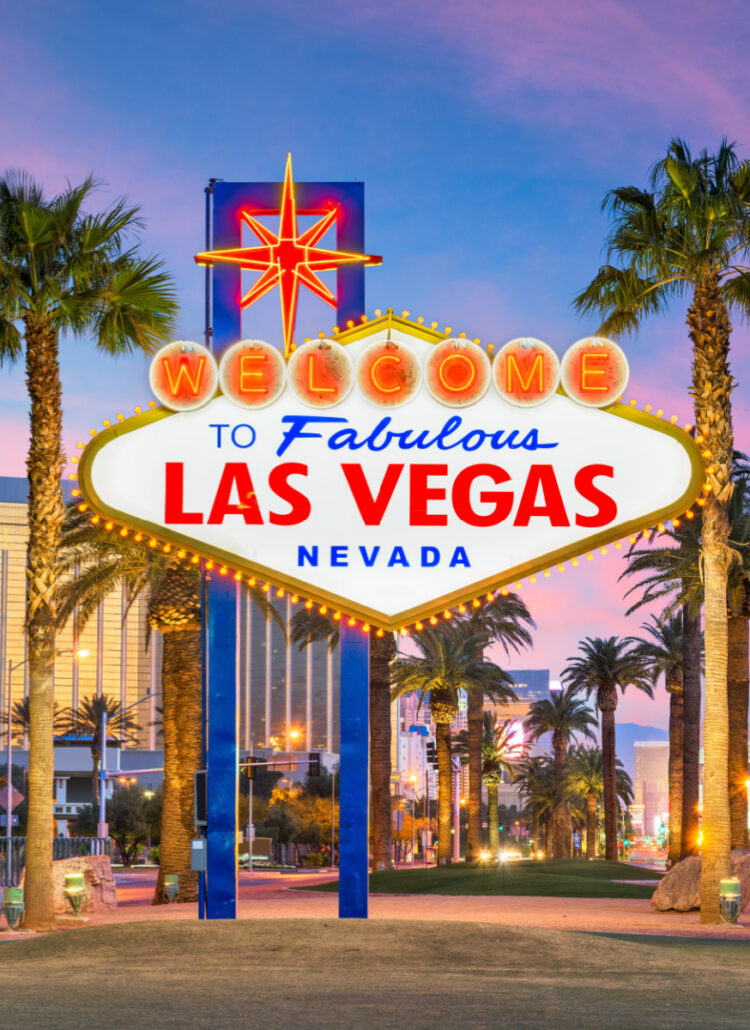
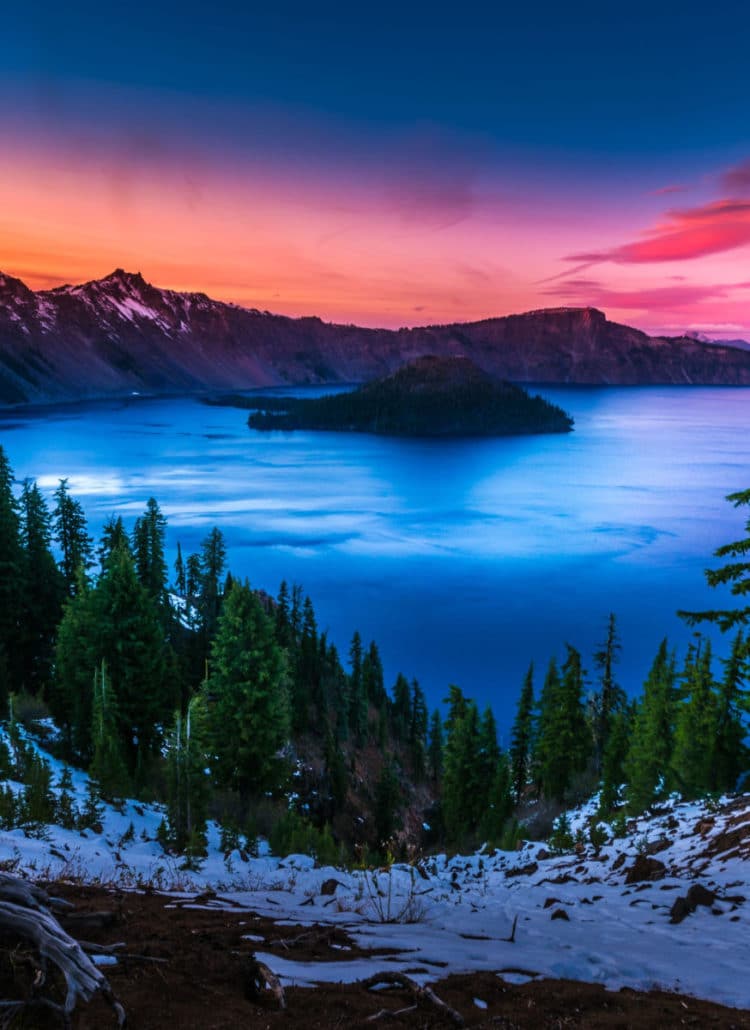
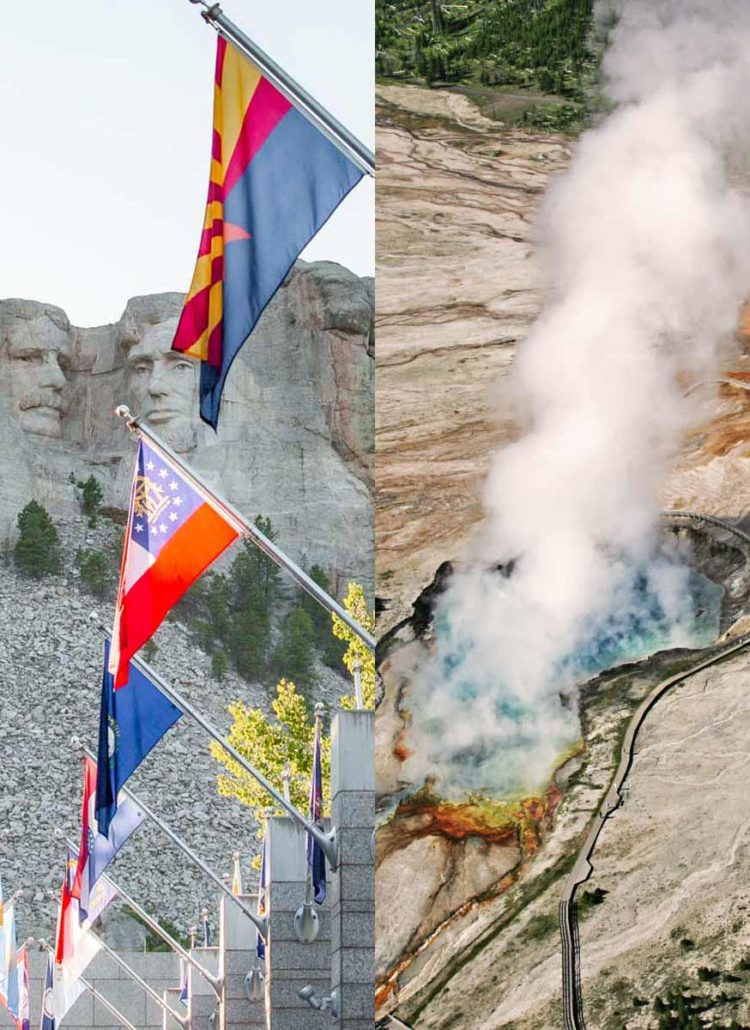
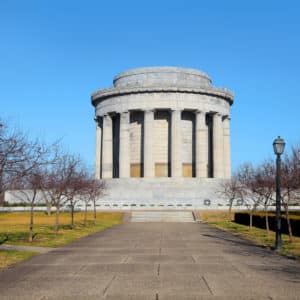

Leave a Reply